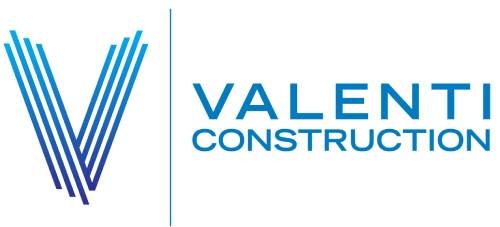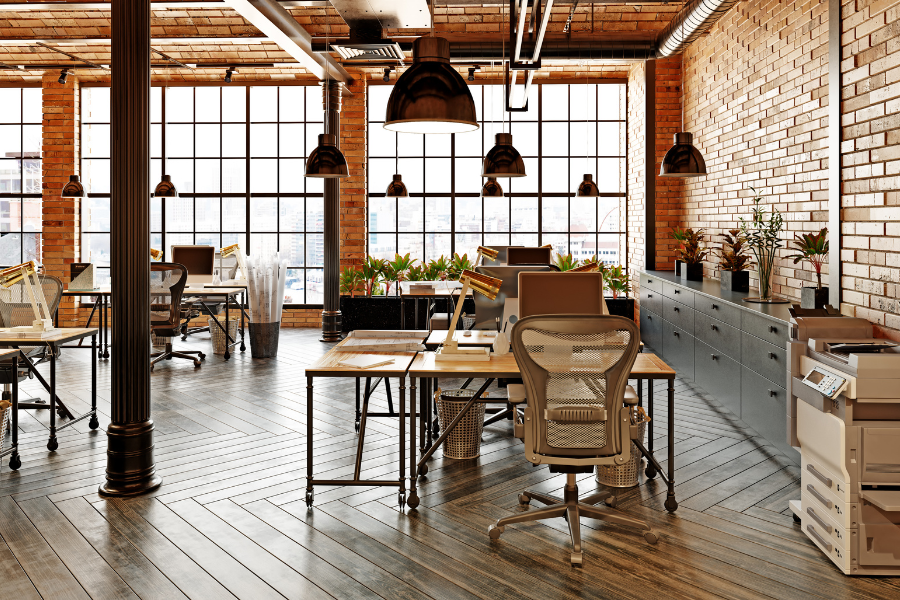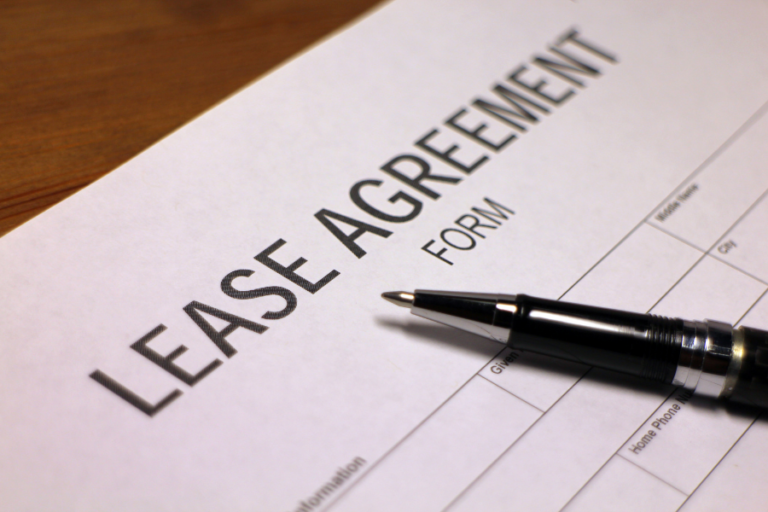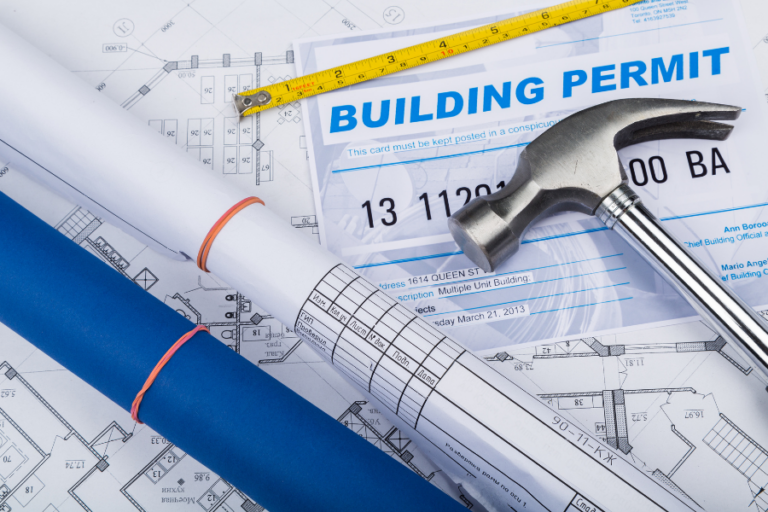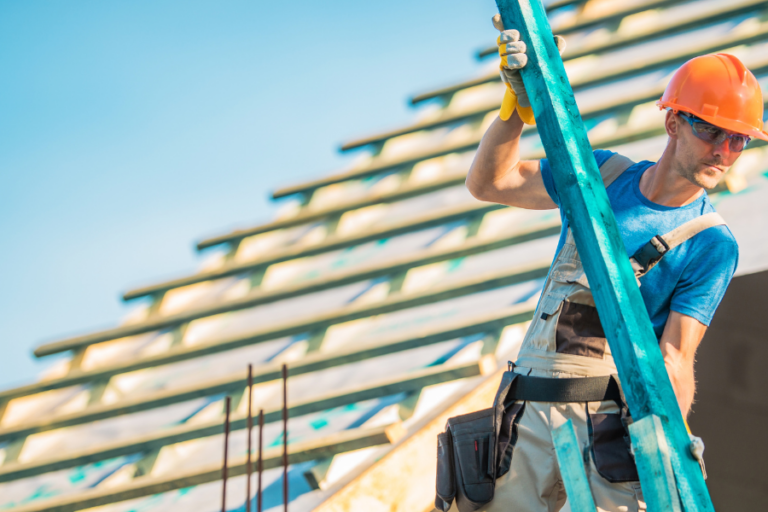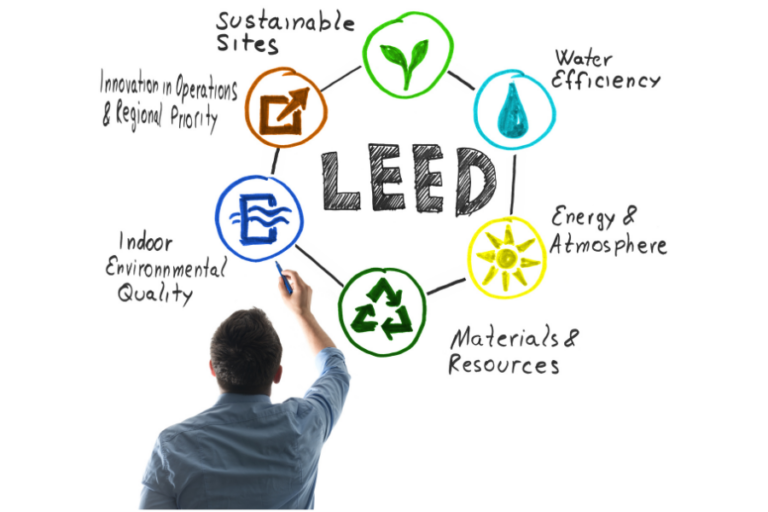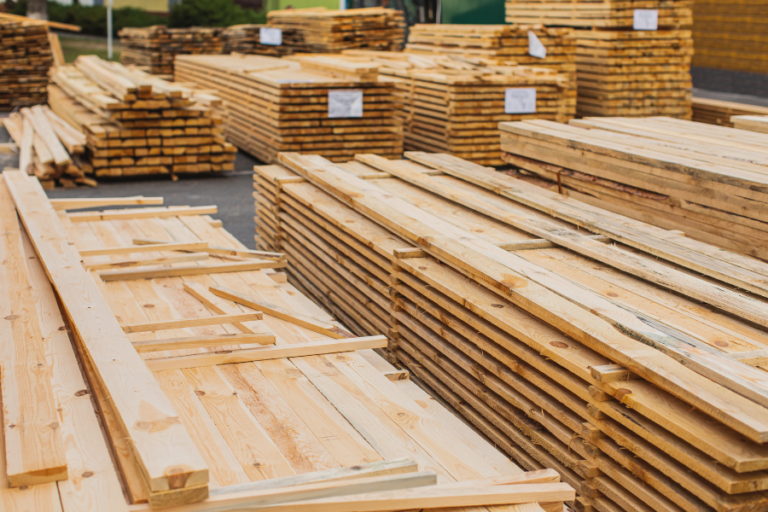Modern Industrial Office Design
Welcome to a world where function meets finesse, where raw materials blend seamlessly with innovative design. In our latest exploration, we dive deep into the realm of ‘Modern Industrial Office Design’, courtesy of the maestros at Valenti Construction focusing on commercial construction in Birmingham. This design ethos, marked by exposed beams, sleek metal fixtures, and an unapologetic embrace of the structural elements, has been redefining the parameters of contemporary workspace aesthetics.
Modern Industrial Office Design: Melding Function with Aesthetics
Over the past few years, a noticeable shift has been observed in office interior designs, moving from the conventional, sterile cubicles to spaces that not only promote creativity and collaboration but also exude personality and charm. Enter the modern industrial office design, a trend that skillfully integrates the raw, rugged aesthetics of industry with the nuanced finesse of modern design elements. This design trend is about embracing the old, celebrating the new, and creating a work environment that’s both functional and chic.
Historical Roots
Before delving deep, it’s important to understand the origins of industrial design. Tracing back to the late 20th century, abandoned factories, warehouses, and other industrial structures found a new purpose. Rather than tearing them down, these buildings were repurposed into living and workspaces. The inherent features—exposed brick walls, steel beams, and open floor plans—became hallmarks of what we recognize today as industrial design.
Key Features of Modern Industrial Office Design
- Exposed Mechanical Details: Rather than hiding them behind walls and ceilings, modern industrial design highlights elements like ductwork, beams, and pipes. These features, often painted in metallic shades, become striking design elements on their own.
- Raw Materials: The use of raw, untreated materials is paramount. Exposed brick walls, concrete floors, and wooden beams are some quintessential elements. They not only offer texture and character but also remind us of the building’s original purpose.
- Open Floor Plans: Inspired by old factories and warehouses, modern industrial offices champion vast open spaces. This is not only an aesthetic choice but also promotes collaboration among teams.
- Minimalistic Furniture: Instead of bulky, ornate furnishings, the industrial office leans towards sleek, functional furniture, often crafted from metal and wood.
- Bold Accents and Art: While the primary palette revolves around neutral tones, modern designs often incorporate bold, vibrant accents through furniture, art, or décor, providing a stark contrast to the raw backdrop.
Benefits of Industrial Office Design
- Flexibility: Open floor plans allow businesses to reconfigure spaces as per their evolving needs, making it suitable for startups and established companies alike.
- Sustainability: Repurposing old structures and materials can be a nod towards sustainable practices, reducing the need for new construction materials and preserving historical architecture.
- Cost-Efficiency: Instead of spending on intricate detailing or high-end materials, the industrial design relies on the beauty of the existing raw features.
- Creativity and Productivity: A well-designed space can inspire creativity. The blend of old-world charm with modern amenities offers a unique atmosphere that can boost both morale and productivity.
Incorporating Modern Industrial Design in Your Office
If you’re considering an industrial revamp for your office space, here are a few tips to ensure authenticity and functionality:
- Survey the Space: If you’re lucky enough to be working within an old industrial building, identify which elements can be retained or restored.
- Mingle Old with New: Pair raw, rugged features with sleek, modern amenities. Think steel desks against a brick wall or modern art pieces hanging from a wooden beam.
- Play with Lighting: Industrial spaces can be complemented with a mix of natural light, pendant lights, and modern fixtures.
- Incorporate Greenery: While industrial design may seem rigid, introducing plants can soften the ambiance, purify the air, and add a touch of nature.
- Zone the Space: Use rugs, screens, or furniture to demarcate different zones within the open plan, ensuring there are spaces for collaboration as well as focus.
Contact Valenti Construction
Modern industrial office design is more than just a trend; it’s a testament to how spaces can evolve over time, reflecting the changes in our working culture. As the lines between work and life blur, and as we seek authenticity in our environments, industrial design offers an answer that’s rooted in history but tailored for the present.
Whether you’re a startup looking to inspire a close-knit team or an established company aiming to rejuvenate its workspace, the blend of rawness and refinement in industrial design might just be the ticket to creating an environment that fuels creativity, collaboration, and growth. Contact us at Valenti Construction, today.
